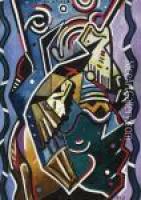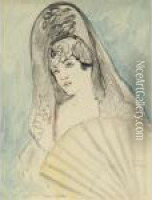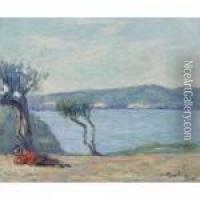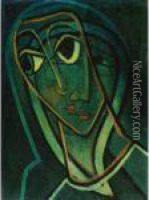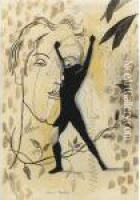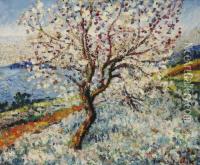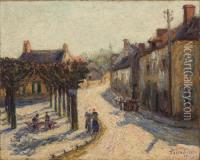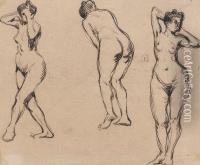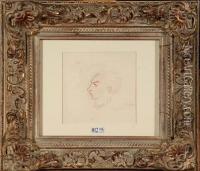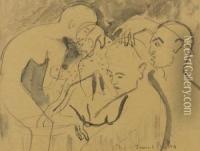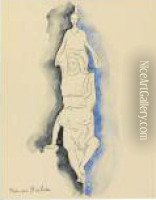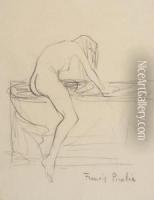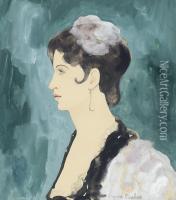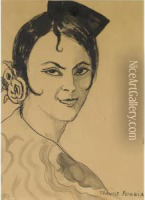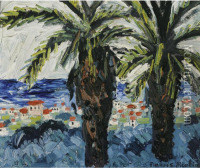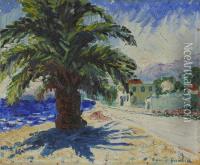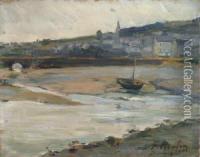Francis Picabia Paintings
Francis Picabia was a French avant-garde painter, poet, and typographist, associated with the Dada movement and Surrealism. Born Francis-Marie Martinez de Picabia on January 22, 1879, in Paris, France, he came from a wealthy and cultured background, which provided him with the means to pursue his artistic education. He initially studied at the École des Beaux-Arts and the École des Arts Decoratifs in Paris.
In his early career, Picabia was influenced by Impressionism and Post-Impressionism, but his style evolved rapidly. Around 1911, he became closely associated with the Puteaux Group, a collective of artists connected with Cubism. During this period, he developed his own take on Cubism, which he later abandoned for more radical styles.
With the outbreak of World War I, Picabia fled to New York, where he joined Marcel Duchamp and became involved with the Dada movement. His work during this time was characterized by mechanical drawings and ironic, whimsical compositions that challenged the conventional notions of art. He edited the Dada periodical '391' and organized provocative and unconventional art events.
After the war, Picabia returned to Europe, spending time in Paris, the South of France, and eventually settling in Switzerland. During the 1920s, his work became less mechanistic and more abstract. He began to experiment with Surrealism, although his relationship with the Surrealists was fraught with tensions.
Throughout the 1930s and 1940s, Picabia’s work continued to evolve. He revisited some of his earlier styles and also engaged with figurative painting, which was seen as a betrayal by some of his avant-garde peers. Despite this, he remained an influential figure in the art world. His later paintings often contained a sense of satire, eroticism, and a critique of societal norms.
Francis Picabia died on November 30, 1953, in Paris. His legacy is marked by his constant experimentation and a career that defied categorization. He is remembered as a pioneer of several avant-garde movements and for his contributions to modern art. His works are held in prestigious collections and museums worldwide, and his influence can be seen in the works of many contemporary artists.

